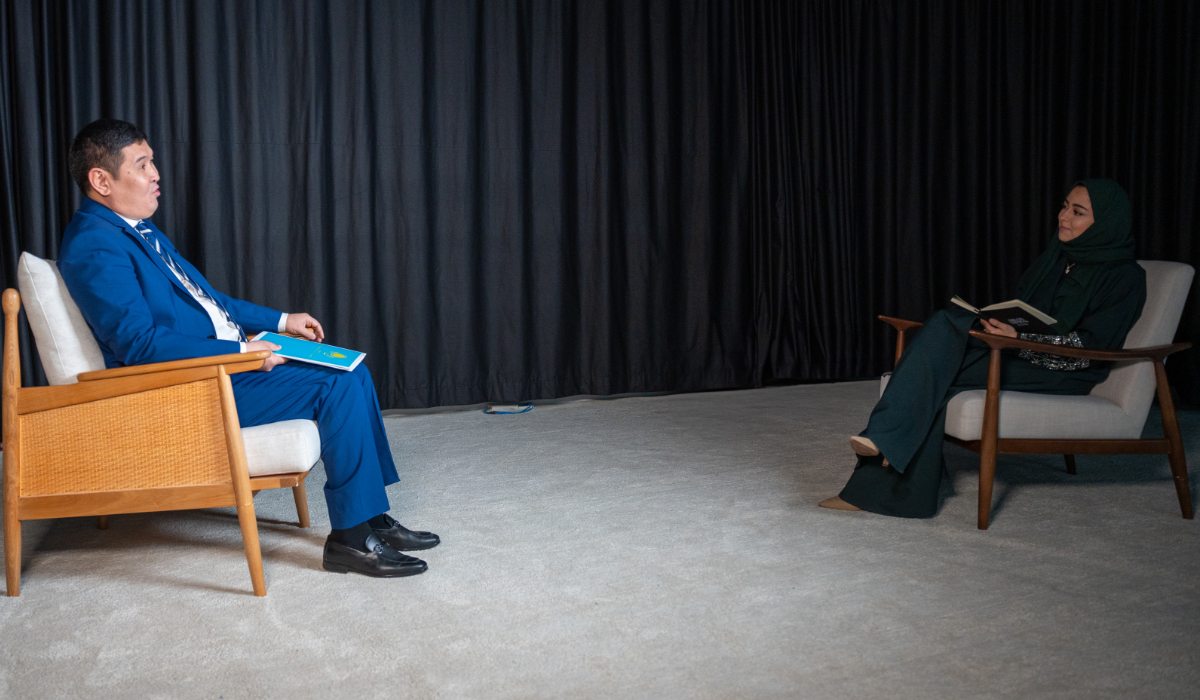RIYADH: Scientists at a top Saudi Arabia university have identified several locations across the Kingdom that would be ideal for the storage of solar and wind energy, which would ultimately benefit water management and food security, the institution stated on Monday.
The King Abdullah University of Science and Technology study identified 10 sites but said two Red Sea ones were the most feasible after several scientific and economic factors were taken into account.
The two “attractive” locations require an investment of around $16.5 billion but more research is needed to evaluate their feasibility.
This is according to the study titled “The potential role of seasonal pumped hydropower storage in decarbonizing the power sector in Saudi Arabia.”
The study conducted by Yoshihide Wada, Julian Hunt and colleagues is already available on the website of the Renewable and Sustainable Energy Reviews journal.
The researchers stated that the storage sites could “potentially contribute to the decarbonization of the power sector in Saudi Arabia and the balancing of the electricity grid as part of a full suite of energy storage options.”
The scientists looked at the potential for seasonal hydro storage of desalinated water and the role it can play in meeting the high summer electricity and water demand in the Kingdom.
“The Kingdom is rich in solar and wind power potential. We are interested in determining how transitioning to these two renewable energy sources can benefit water management in the Kingdom,” said Wada.
As a part of the wide-ranging Saudi Vision 2030 plan, the Kingdom plans to source at least 50 percent of its electricity from renewables by 2030 and achieve net-zero emissions by 2060, in an effort to reduce its carbon footprint and promote sustainable development.
To reach that goal there would need to be a considerable change in the power industry, KAUST stated. The sector was responsible for “around half of the carbon dioxide emissions by the Kingdom in 2022.”
Renewable energy is a part of Saudi Arabia’s long-term sustainability vision, but storing the resource for times of high need still remains a challenge.
“Electricity consumption almost doubles in some years from the winter to summer months, which gives tremendous value for infrastructure that can keep energy stored in the cooler months from solar and wind and use the energy to generate electricity in the hotter months,” the release said.
There have been investments in battery storage solutions, but these can only store energy over daily cycles.
“For longer, seasonal cycles, seasonal pumped hydropower storage is under consideration. Here, desalinated water can be stored in reservoirs in high mountains and released upon demand to generate power and supply water.”
But with each seasonal pumped hydropower storage site costing around $10 billion, finding the most appropriate locations for construction is crucial.
Factors such as evaporation of the stored water, the salinity of the water, and the feasibility of building solar or wind plants nearby, were studied by the scientists.
“These storage sites have extraordinary upfront investments, so their value must be estimated as accurately as possible. Our study incorporates water management into the design, giving a more holistic estimate on how large-scale projects support the adoption of renewables in Saudi Arabia,” said Hunt.






























